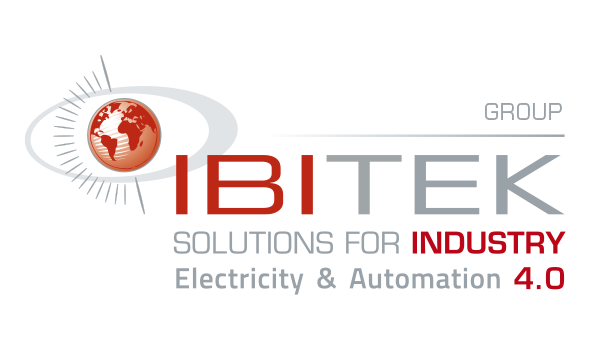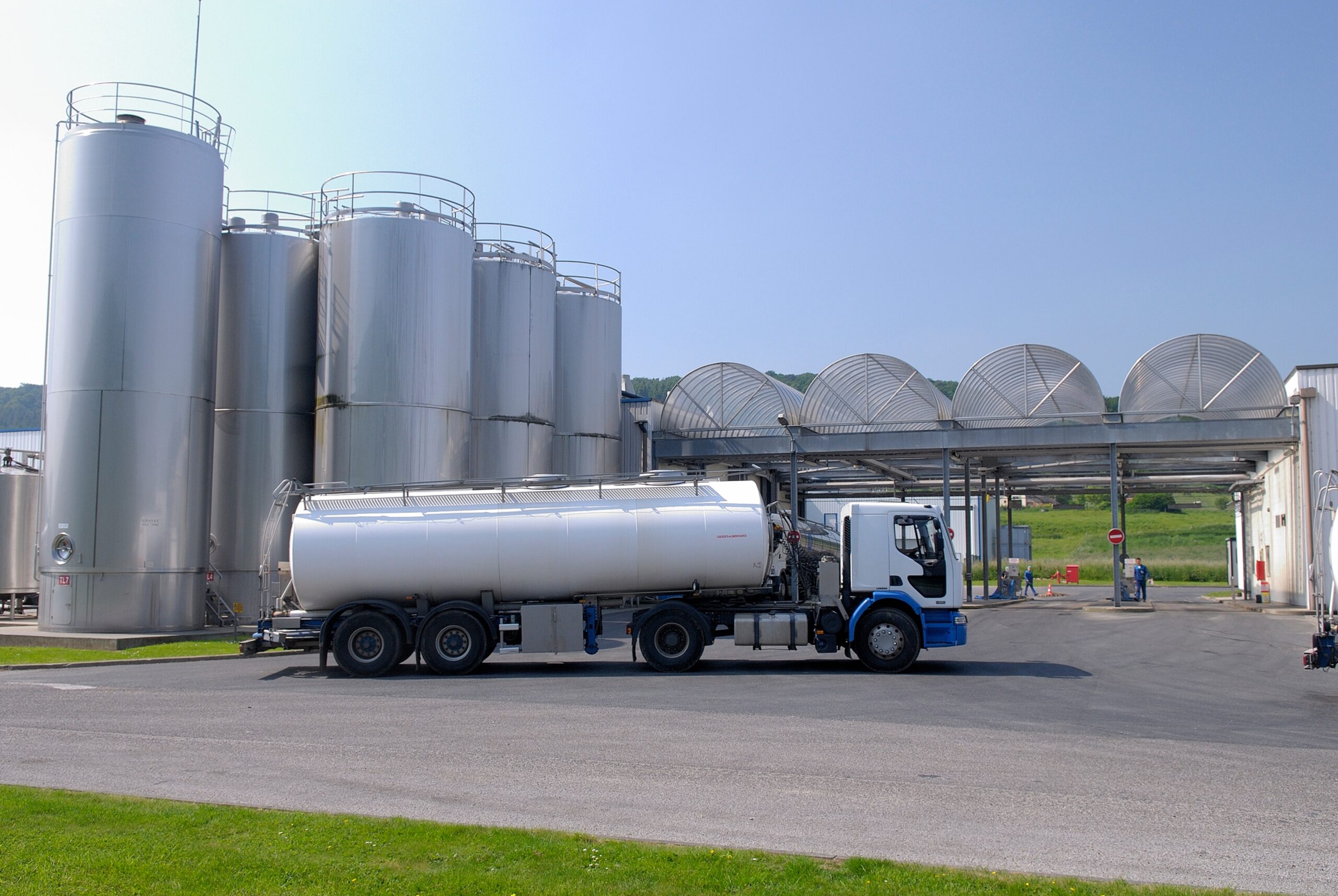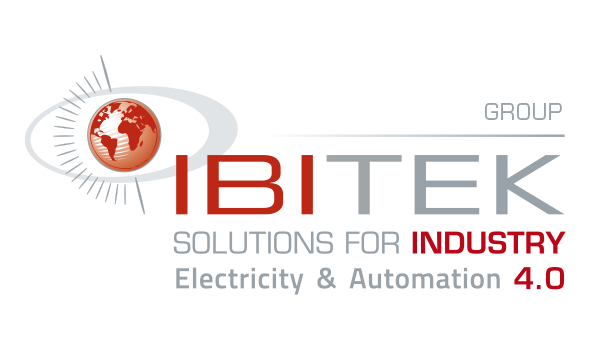The management of truck queues at industrial sites is an essential component of modern logistics. With increasing transport volumes and growing demands for speed and efficiency, it is becoming imperative for companies to manage truck flows effectively. Optimal queue management helps to reduce waiting times, improve productivity and enhance customer satisfaction. It also helps to minimise operating costs and optimise the use of resources.
In today’s age, where efficiency and speed are paramount, industrial logistics in terms of managing the reception of lorries remains a critical point that is often undermined by obsolete and inefficient practices. Traditional methods, fraught with operational constraints and technological deficits, come up against modern demands for speed and precision. It is against this backdrop that digitalisation is emerging as a transformative solution, capable of fundamentally rethinking the way trucks are received and managed on industrial sites.
History of Truck Queue Management
Manual Management and its Challenges
Traditional truck queue management methods relied primarily on manual processes. Paper lists, radio calls and verbal communication were the main tools used to coordinate truck arrivals and departures on industrial sites. Although these methods were functional, they had many weaknesses.
Delays were frequent, due to the difficulty of coordinating the various operations effectively. Long queues were common, causing disruption on site and frustration for drivers and employees alike. This inefficiency resulted in lower productivity and reduced customer satisfaction, as customers suffered from extended delivery times.
In addition, the manual management of queues increased the risk of human error, such as misdirecting trucks or confusing loading and unloading priorities. These errors could have costly consequences, both in terms of time and resources.
The first technological innovations
To meet these challenges, the first computerised solutions were introduced. These systems enabled better planning and coordination of lorry flows. Reservation systems and planning software brought significant improvements in terms of queue management.
These technologies reduced delays and improved the organisation of operations. However, they were not without their limitations. High implementation and maintenance costs were an obstacle for many companies. In addition, the complexity of use and limited integration with other business systems reduced their effectiveness.
Nevertheless, the first technological innovations marked a turning point by demonstrating the potential of automation and computerisation to improve the management of truck flows. They laid the foundations for the development of more advanced and integrated solutions.
Current Status of Queue Management
Modern technologies
Today, modern technologies have transformed truck queue management. The use of advanced technologies, such as radio frequency identification, camera-based number plate recognition, and IP camera networks, allows partial automation of processes.
These technologies offer greater visibility and real-time control of operations. Integration with enterprise resource planning (ERP) systems and other software can centralise information and facilitate coordination between the various stakeholders. Modern systems can manage truck flows more efficiently, reducing waiting times and optimising the use of resources.
Persistent problems
Despite these advances, challenges persist. Delays and disruptions are still common, due to the increasing complexity of logistics operations and the variability of working conditions. Existing systems, while effective, are often not sufficiently integrated or scalable to meet all the specific needs of industrial sites.
There is a growing need for more integrated and modular solutions, capable of adapting to the specific requirements of each site. These solutions must offer complete automation, interoperability with other systems and ease of use for operators.
IBITruck’s contribution to Truck Queue Management
Presentation of IBITruck
IBITruck, developed by IBITEK, is an innovative solution designed to meet the complex needs of truck queue management on industrial sites. It is based on a combination of advanced technologies and modular functionalities, offering fluid and efficient management of truck flows.
The technologies employed by IBITruck include Radio Frequency Identification (RFID) for driver, truck and product identification, Optical Character Recognition (OCR) for number plate recognition, and IP cameras for photo and video capture. These technologies are seamlessly integrated to provide complete visibility and real-time control of operations.
Key benefits of IBITruck
Automated and Smooth Operations: IBITruck automates truck flow management processes, reducing human intervention and minimising errors. The solution enables efficient management of truck entry and exit, loading and unloading phases, and associated transactions. This automation improves the fluidity of operations and reduces waiting times.
Reporting and analysis: The solution offers advanced reporting capabilities, enabling truck flows to be monitored and analysed in real time. Activity reports, KPIs and flow monitoring reports provide valuable information for optimising operations and decision-making.
Interoperability and Integration: IBITruck is designed to integrate easily with existing management systems, such as ERP and other third-party software. This interoperability enables centralisation of information and efficient coordination between different systems.
Modularity and adaptability: The solution is modular and adaptable to the specific needs of each industrial site. It can be customised to meet specific customer requirements, offering maximum flexibility and scalability to adapt to future changes.
Case studies and results
Several industrial sites have adopted IBITruck with significant results. For example, at a materials plant, the implementation of IBITruck reduced truck waiting times by 30%, improved the accuracy of loading and unloading operations, and increased customer satisfaction.
In another case, a logistics company saw a 20% reduction in operational costs thanks to the automation of processes and optimisation of truck flows. The solution also freed staff from repetitive manual tasks, improving their productivity and morale.
Conclusion
The management of truck queues is crucial to the efficiency of logistics operations on industrial sites. While traditional methods presented many challenges, modern technologies have brought significant improvements. However, problems persist, requiring more integrated and scalable solutions.
IBITruck is positioned as a comprehensive and innovative solution, offering advanced automation, reporting and analysis capabilities, and interoperability with existing systems. Its modularity and adaptability make it an ideal choice for companies looking to optimise their truck flows and improve productivity.
By adopting IBITruck, companies can not only improve the efficiency of their logistics operations, but also enhance customer satisfaction and reduce operating costs. IBITruck represents a major advance in truck queue management, contributing to smarter, more efficient logistics.











